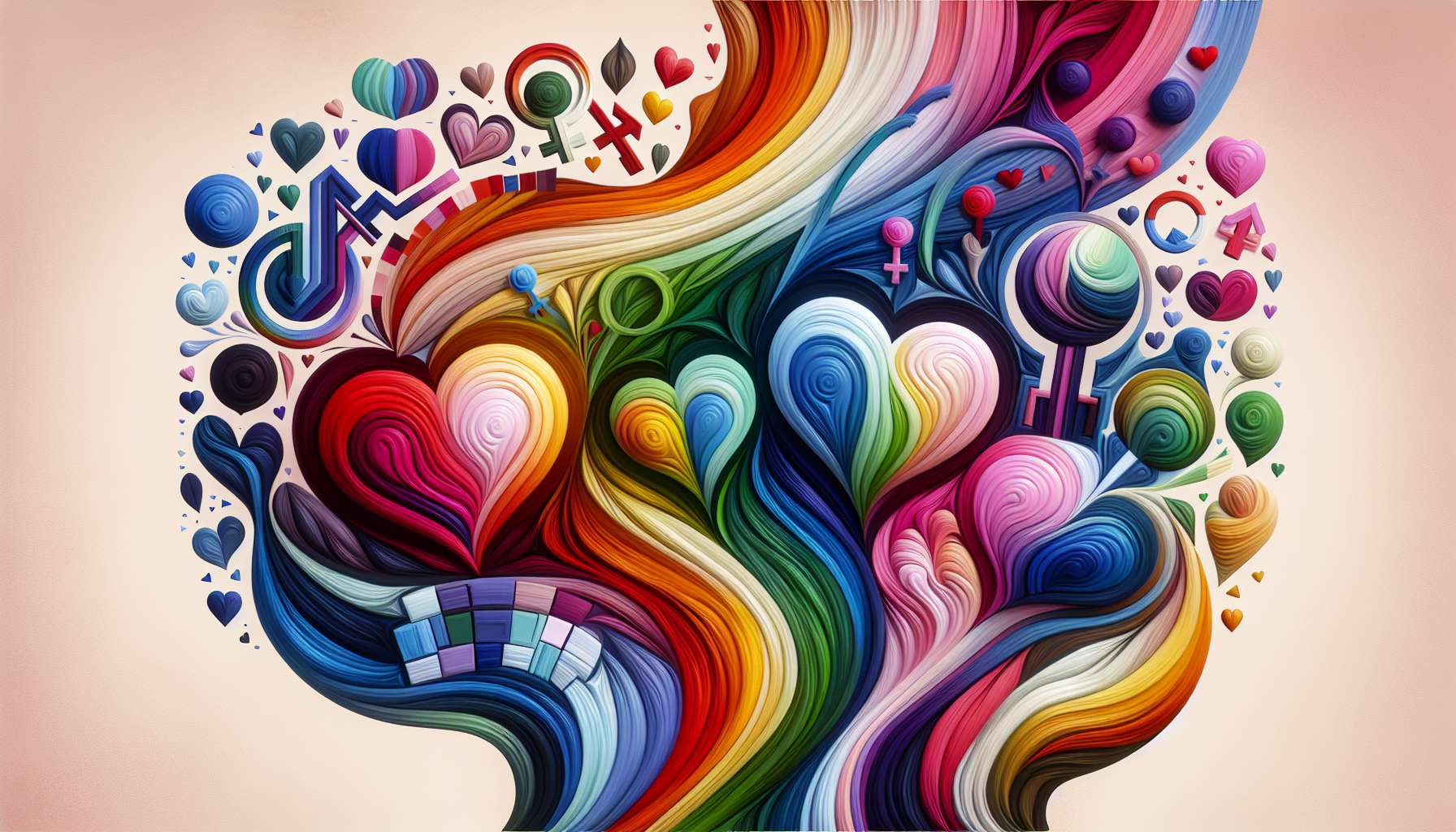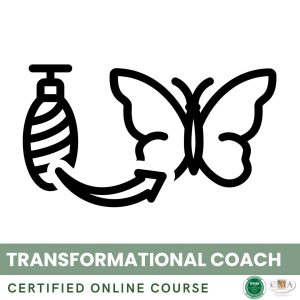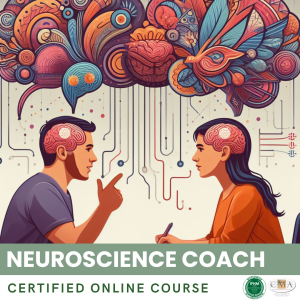Welcome to this fourth sub-module which will help you clarify three fundamental notions to understand LGBTQ+ identities: sexual orientation, gender identity, and gender expression. Although often confused, these three dimensions are actually distinct and independent of each other.
Sexual orientation concerns a person’s emotional, romantic, and/or sexual attraction to other people. It refers to the gender(s) to which one is attracted. A homosexual person will be attracted to people of the same gender, a heterosexual person to people of the opposite gender, a bisexual person to people of their own gender and other genders, etc.
Gender identity, on the other hand, refers to the gender with which a person internally identifies. It is the deep feeling of being a man, a woman, somewhere in between, a mix of the two, or neither. Gender identity is not dependent on the sex assigned at birth: a person assigned male at birth can identify as a woman, and vice versa.
Finally, gender expression is the way a person expresses their gender through their appearance, clothing, hairstyle, body language, voice, behaviours. It’s the way they present their gender to the outside world, which may or may not correspond to social stereotypes associated with a given gender.
These three dimensions are independent of each other. For example, a lesbian transgender woman has a feminine gender identity, a homosexual sexual orientation, and may have a masculine, feminine or androgynous gender expression. A cisgender gay man has a masculine gender identity, a homosexual sexual orientation, and may have a masculine, feminine or other gender expression.
Take the example of Conchita Wurst, the Austrian drag queen who won Eurovision in 2014. Conchita is the feminine alter ego of Tom Neuwirth, a cisgender gay man. When Tom impersonates Conchita on stage, he has a feminine gender expression (dress, makeup, wig…) but keeps his beard, a traditionally masculine attribute. However, his gender identity remains male, and his sexual orientation gay. This example illustrates well the distinction between these three dimensions.
Another example is that of Jenna Talackova, a Canadian transgender model and activist for transgender rights. Jenna identifies and lives as a woman, which is her gender identity. She has a feminine gender expression. And she is attracted to men, which makes her a heterosexual transgender woman. Her journey shows that transidentity is about felt gender, not sexual orientation.
As a coach, it is essential to fully understand and distinguish these three dimensions in order to best support your clients. Keep in mind that each person has a unique configuration of sexual orientation, gender identity and gender expression. Your role is to welcome this diversity with respect and openness, without making presumptions based on appearance or stereotypes.
Always use the vocabulary chosen by the person to talk about their sexual orientation, their gender identity and their gender expression. If you are unsure, don’t hesitate to ask politely and respectfully. Avoid intrusive or purely anatomical questions, and focus on the person’s experience and needs.
By clarifying these concepts, you will help dismantle misconceptions and conflations about LGBTQ+ identities. You will help your clients better understand and accept themselves in all dimensions of their identity. Because fully embracing who we are is crucial for self-realization and living an authentic and fulfilling life.
Key points to remember :
– Sexual orientation, gender identity and gender expression are three distinct and independent dimensions of a person’s identity.
– Sexual orientation concerns emotional, romantic, and/or sexual attraction to others. It refers to the gender(s) one is attracted to.
– Gender identity is the deep feeling of being a man, a woman, somewhere in between, a mix of the two, or neither. It does not depend on the sex assigned at birth.
– Gender expression is how a person expresses their gender through their appearance, behaviours, etc. It may or may not correspond to stereotypes associated with a given gender.
– Everyone has a unique setup of these three dimensions. As a coach, embrace this diversity respectfully, without presumptions or intrusive questions.
– Use the vocabulary chosen by the person to discuss their sexual orientation, identity and gender expression. Politely ask if unsure.
– Clarifying these concepts helps dismantle misconceptions about LGBTQ+ identities and helps clients fully accept themselves for personal growth.
👉 To download docx (Editable) file click here : Click here
👉 To download PDF file click here : Click here
👉 To download MP3 file click here : Click here







